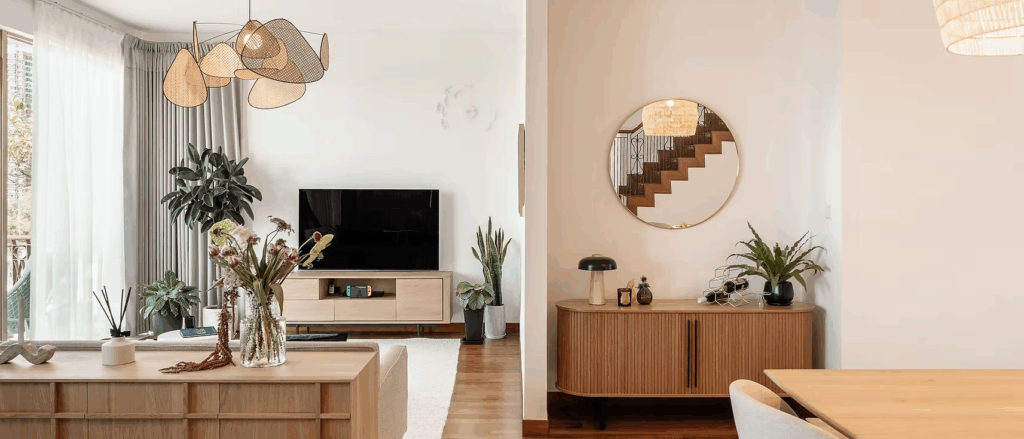Design is more than just an aesthetic choice—it’s a representation of identity and functionality within a space. It goes beyond colors and furniture placement, by using the ambiance and mood while optimizing the area to suit its purpose. With a innovative approach to design, interior design spaces transform into meaningful environments that cater to the inhabitants’ needs and ambitions.

The wonder of design lies in its diversity. From minimal rooms that embrace simplicity and clean lines to maximalist approaches that celebrate boldness and eclectic mixtures, every style has its charm. Design allows for endless possibilities to express creativity, making homes, offices, and other spaces truly unique. Modern trends lean toward sustainability, incorporating eco-friendly materials and energy-efficient elements to create harmonious environments with reduced environmental impact.
Colors play an influential role in design. They set the tone and bring to mind emotions—warm tones like red and orange transfuse energy, while cool colors like blue and green bring solace. Natural shades offer versatility and balance, serving as a history for dynamic décor choices. The clever use of color coordination enhances the spatial experience and conveys a cohesive theme.
Furniture selection is equally vital in design. It becomes the space and contributes to its usability. Comfort and usefulness go in conjunction, with ergonomically designed furniture being ideal for both appearance and function. The materials used in furniture—such as wood, metal, glass, or fabric—add character to the interior and reflect the intended style, be it rustic, contemporary, or vintage.
Lighting is another crucial element that breathes life into design. Natural light creates openness and quality, while artificial lighting sets the mood for different occasions. Layering lights—ambient, accent, and task lighting—allows designers to build depth and drama, mentioning features like artwork or industrial details. The proper lights ensures spaces are inviting and functional.
Textures and patterns provide dimension and personality to rooms. Whether it’s the tactile feel of soft fabrics or the visual impact of geometric patterns, these elements add layers of interest to a space. Combining textures in furniture, draperies, carpets, and wall décor improves the overall design and prevents dullness.
The functionality of design shouldn’t be overlooked. Smart templates maximize space usage, ensuring rooms serve their intended purpose faultlessly. Storage solutions, multi-functional furniture, and adaptive designs cater to the modern demand for practical yet stylish rooms. By focusing on functionality, designers create spaces that are not only beautiful but also effective and comfortable.
Personalization is at the heart of design. It’s about infusing spaces with stories, memories, and interests define the people who live there. Décor items, artwork, and collectibles serve as the finishing details, adding warmth and character. This personal sparkle makes over a house into a home, providing a unique experience for anyone who steps inside.
Design is also a powerful tool for influencing psychological well-being. A well-designed space can foster relaxation, productivity, and creativity. By carefully considering elements like space planning, ergonomics, and visual harmony, designers contribute positively to the mental health and happiness of occupants.
In conclusion, design is a versatile and impactful field that merges creativity with purpose. It’s a form of art and science that makes over spaces into dynamic settings, reflecting identity and fulfilling functional needs. Whether you’re exploring ways to refresh your liveable space or designing an entirely new environment, design holds the key to creating places that invigorate and nurture.